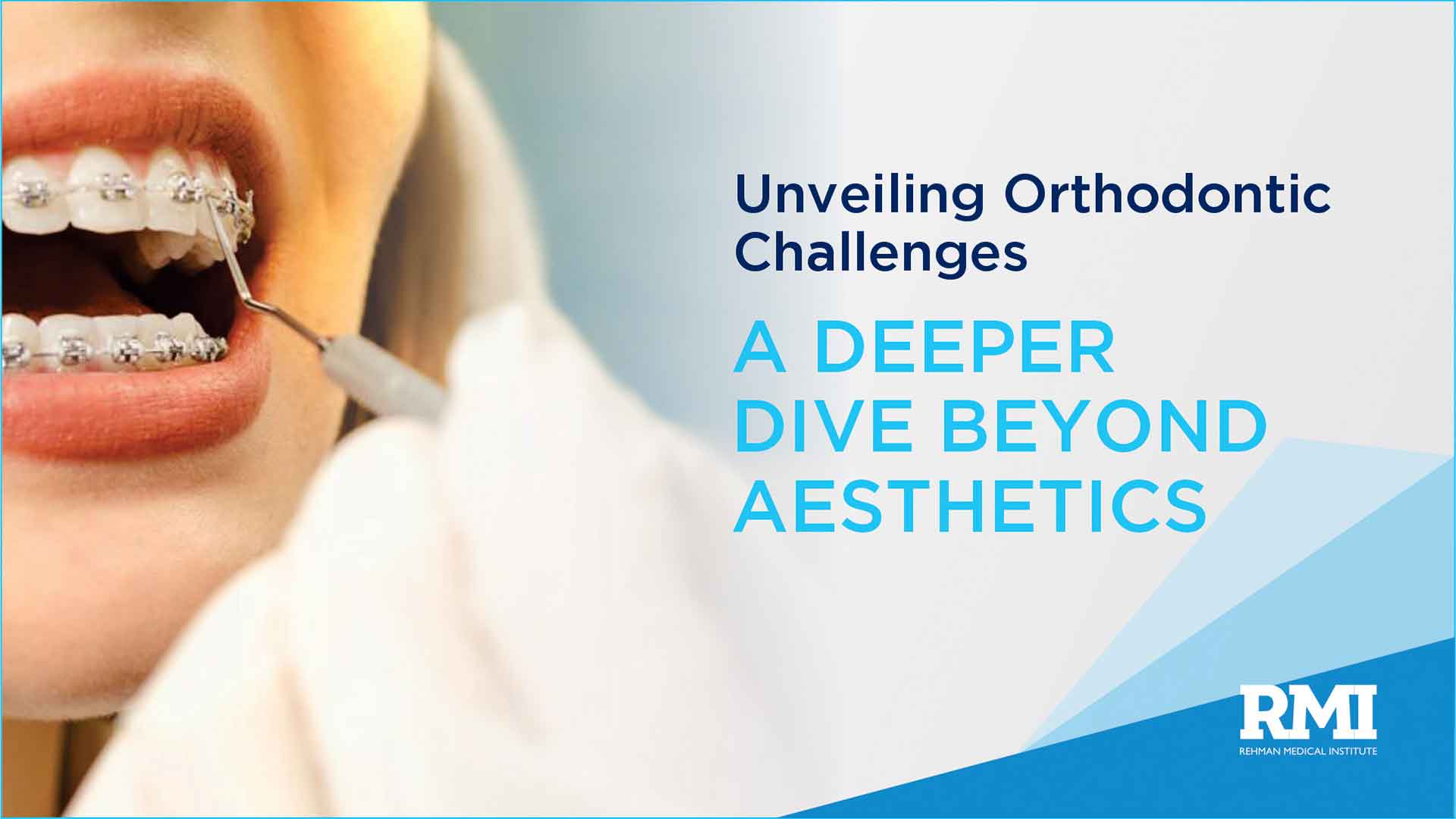Orthodontic treatment is often associated with achieving a straighter, more aesthetically pleasing smile. However, the challenges that orthodontic patients face extend far beyond cosmetic concerns. In this blog, we will delve into the multifaceted aspects of orthodontic challenges, exploring the broader impacts on oral health, overall well-being, and the importance of addressing these issues for a comprehensive approach to dental care.
Misaligned Bite:
Aesthetic concerns aside, misaligned bites (malocclusions) can lead to functional problems. Difficulty in chewing, speaking, and maintaining proper oral hygiene are common challenges associated with misaligned bites. Untreated, these issues can contribute to a range of oral health problems, including tooth decay and gum disease.
Temporomandibular Joint (TMJ) Disorders:
Orthodontic issues can sometimes contribute to TMJ disorders, causing pain and discomfort in the jaw joint. Patients may experience headaches, jaw clicking, and difficulty opening or closing their mouths. Proper orthodontic treatment can help alleviate these symptoms and improve overall jaw function.
Self-Esteem and Confidence:
Beyond the physical challenges, orthodontic issues can significantly impact an individual’s self-esteem and confidence. Crooked or misaligned teeth may lead to social anxiety and reluctance to smile, affecting one’s overall quality of life. Addressing these aesthetic concerns through orthodontic treatment can have a positive impact on mental well-being.
Social Stigma:
Individuals with noticeable orthodontic issues may face social stigma or teasing, especially during adolescence. This can contribute to feelings of self-consciousness and may even affect social interactions. Early intervention and orthodontic treatment can help prevent or mitigate these challenges, fostering a positive self-image.
Early Orthodontic Assessment:
Identifying orthodontic issues early in life allows for timely intervention, reducing the severity of potential challenges. Children should undergo orthodontic assessments to detect and address issues such as crowding, spacing, and bite irregularities. Early intervention can guide proper dental and facial development.
Adult Orthodontics:
Orthodontic treatment is not limited to children and adolescents. Many adults seek orthodontic care to address longstanding issues or new concerns. Advancements in orthodontic technology, such as clear aligners and discreet braces, make it more accessible and appealing for adults to pursue orthodontic treatment without compromising their professional image.
Orthodontic challenges extend beyond mere aesthetics, encompassing a spectrum of physical, emotional, and social aspects. Recognizing the broader impact of orthodontic issues underscores the importance of comprehensive dental care that addresses not only the visual aspects but also the functional and psychological well-being of the individual. Timely intervention, whether in childhood or adulthood, can pave the way for a healthier, more confident, and fulfilling life. Embracing orthodontic treatment goes beyond achieving a beautiful smile; it is a holistic approach to oral health and overall happiness.

